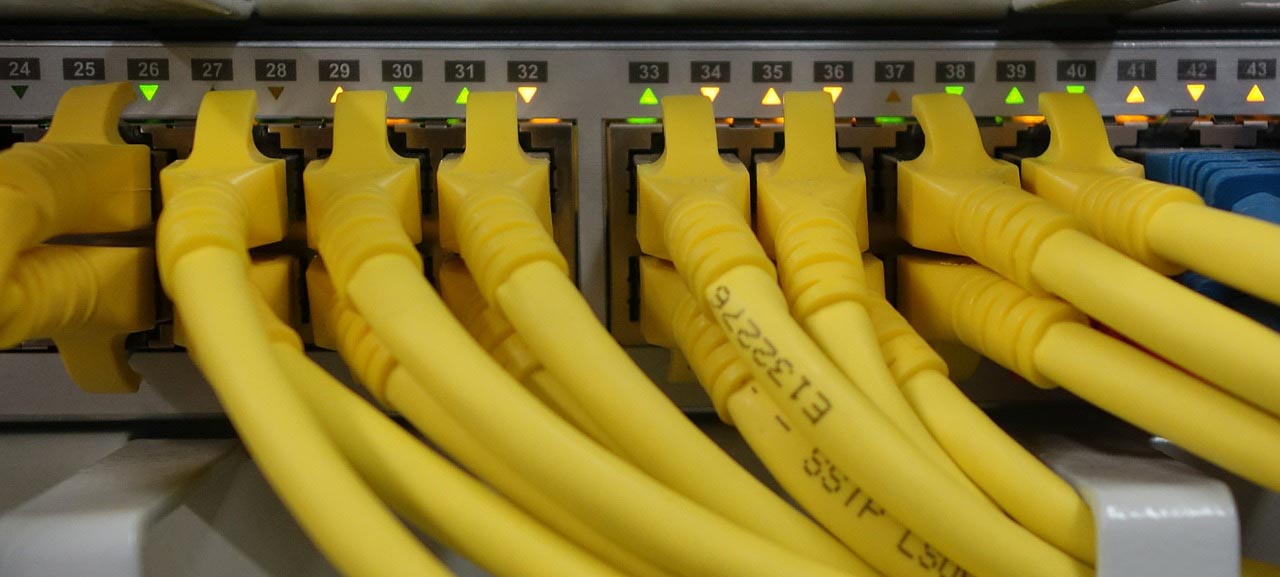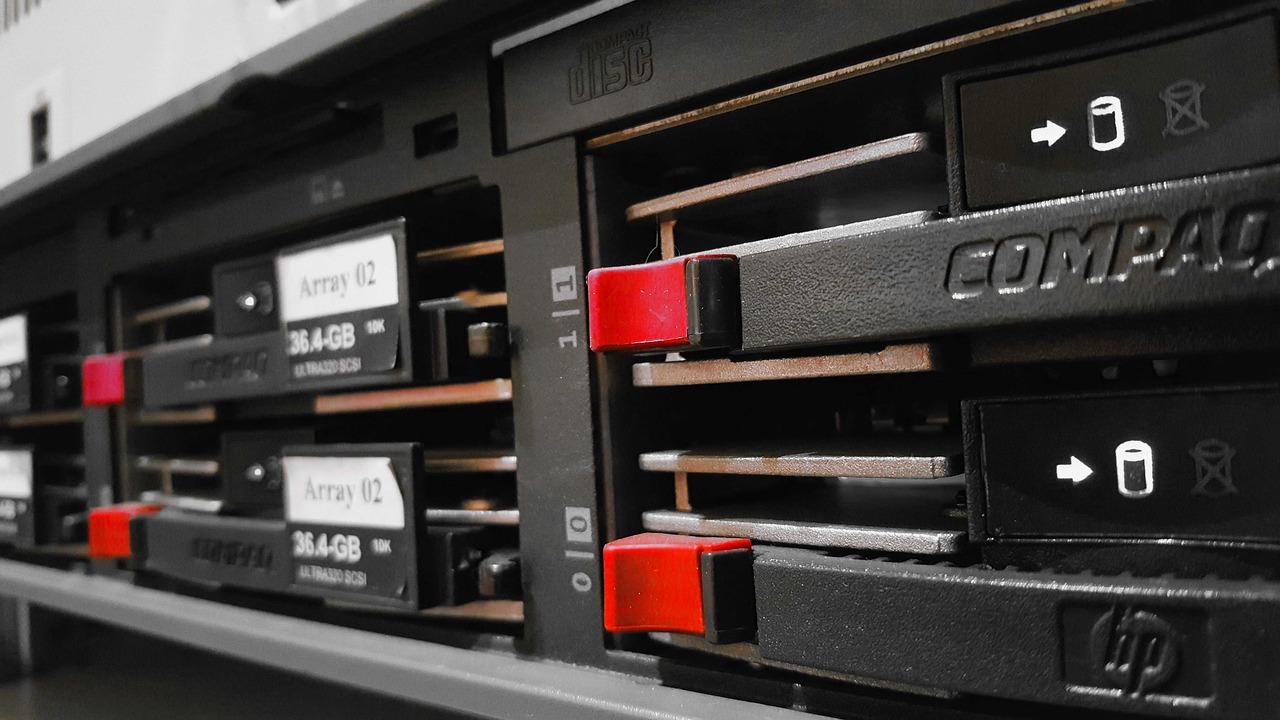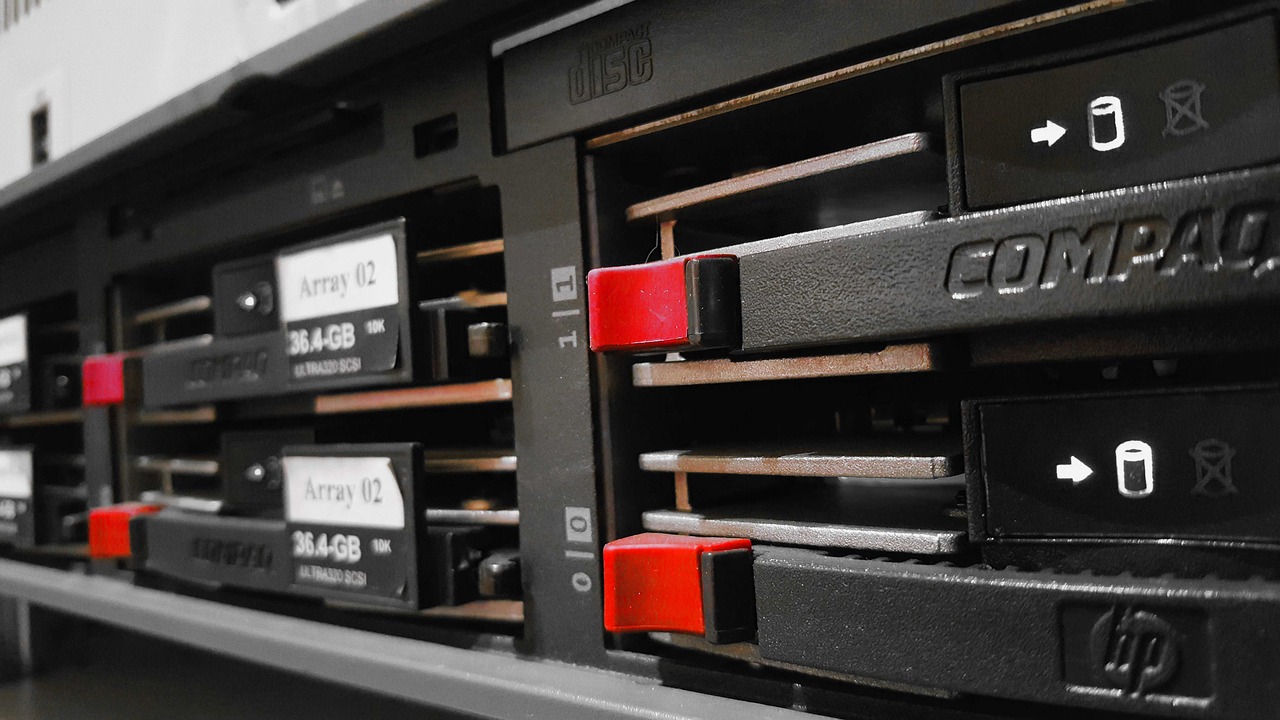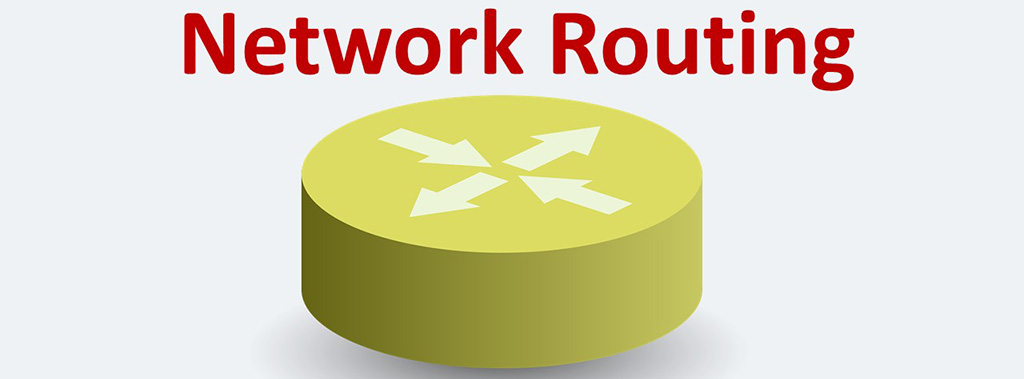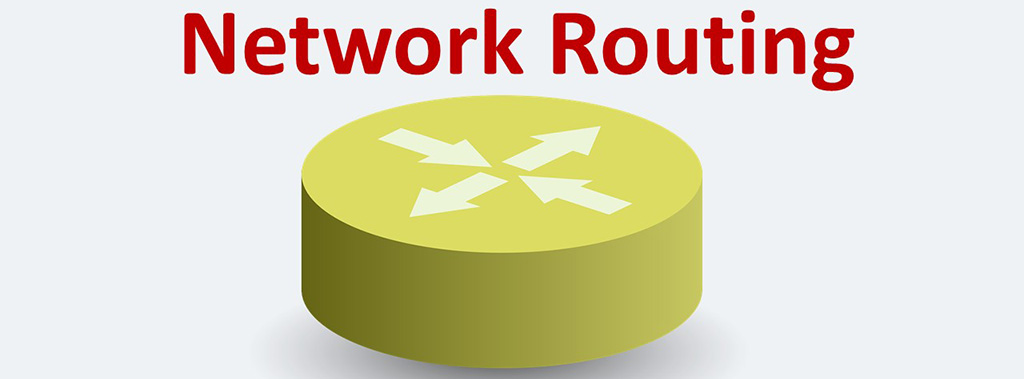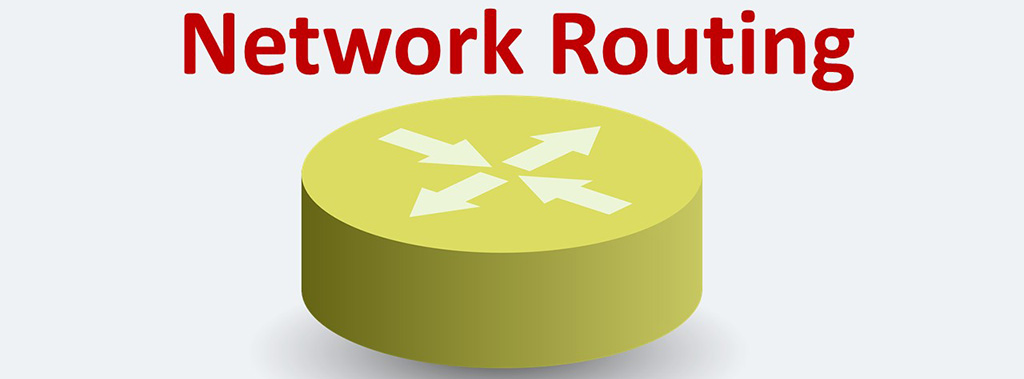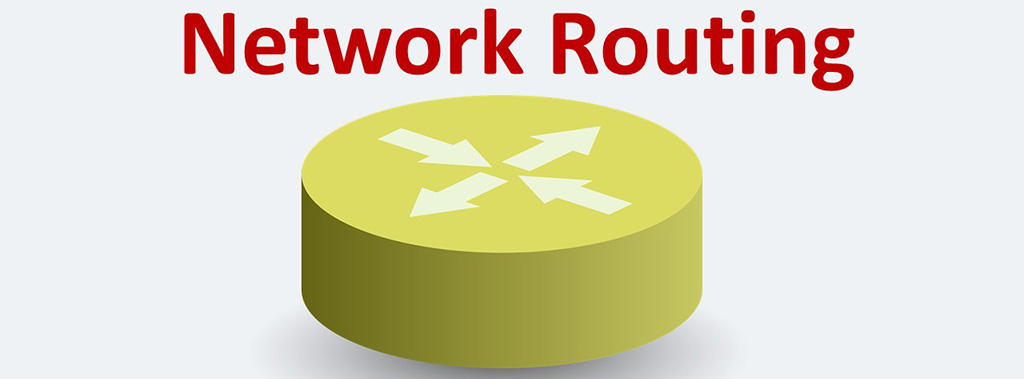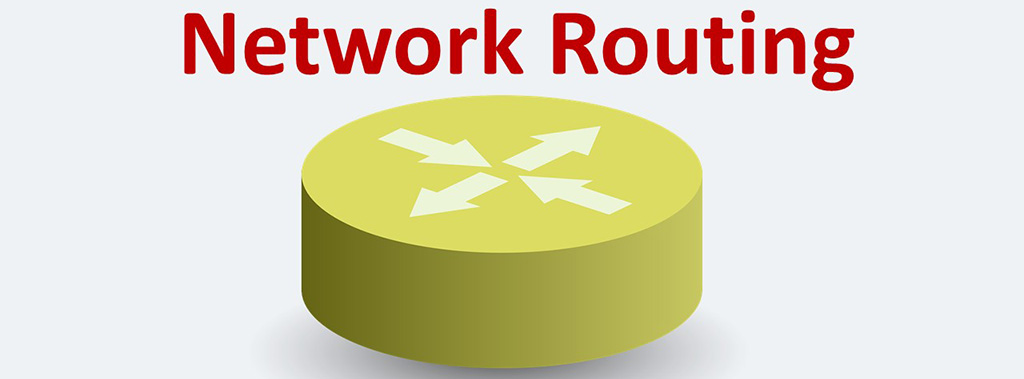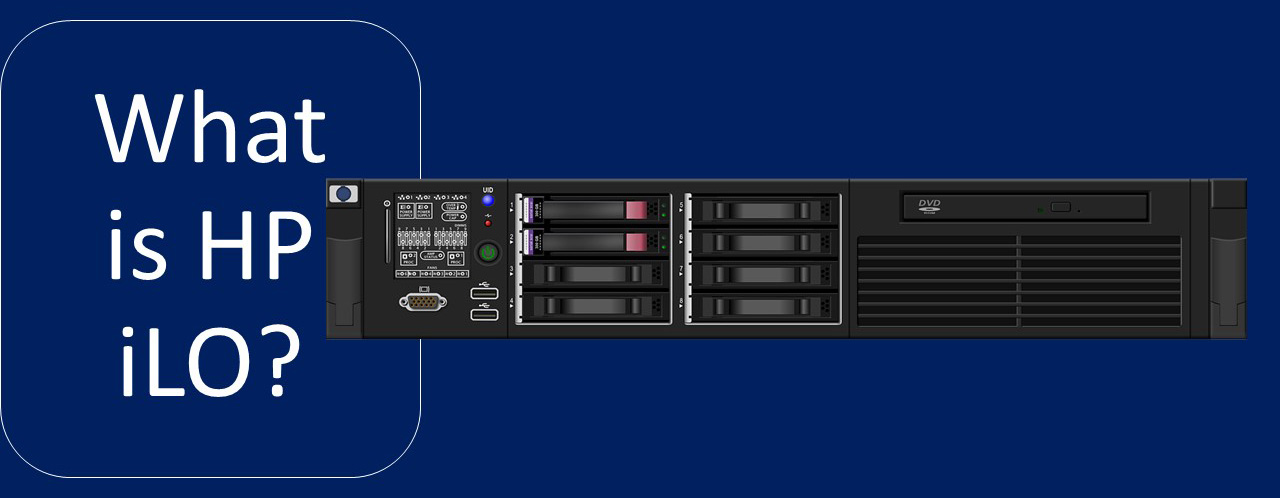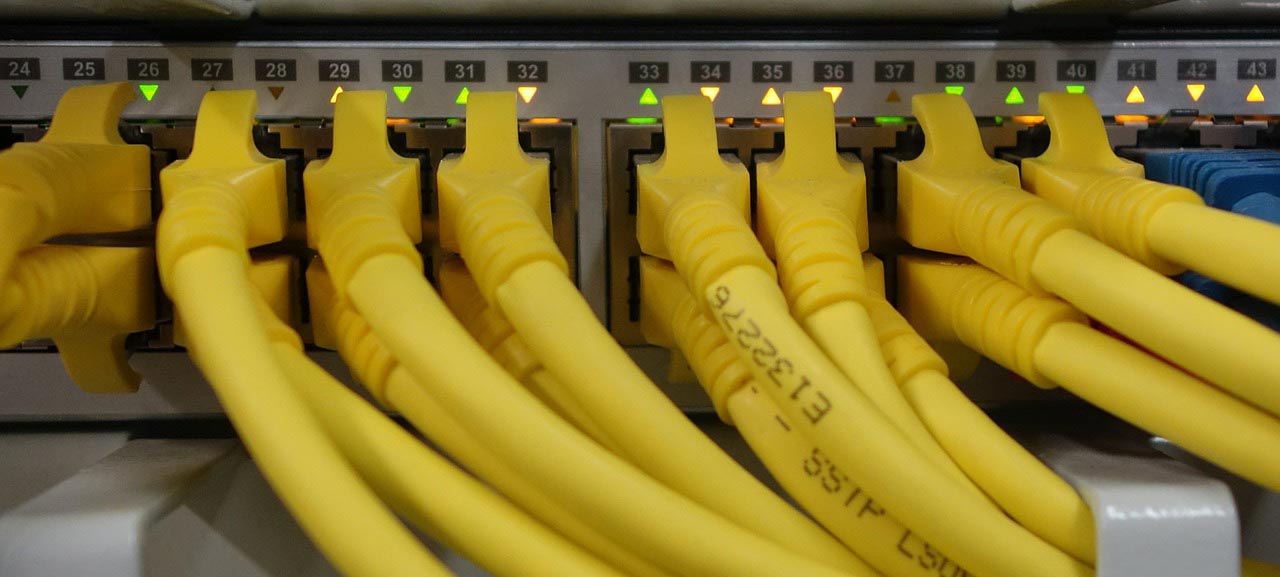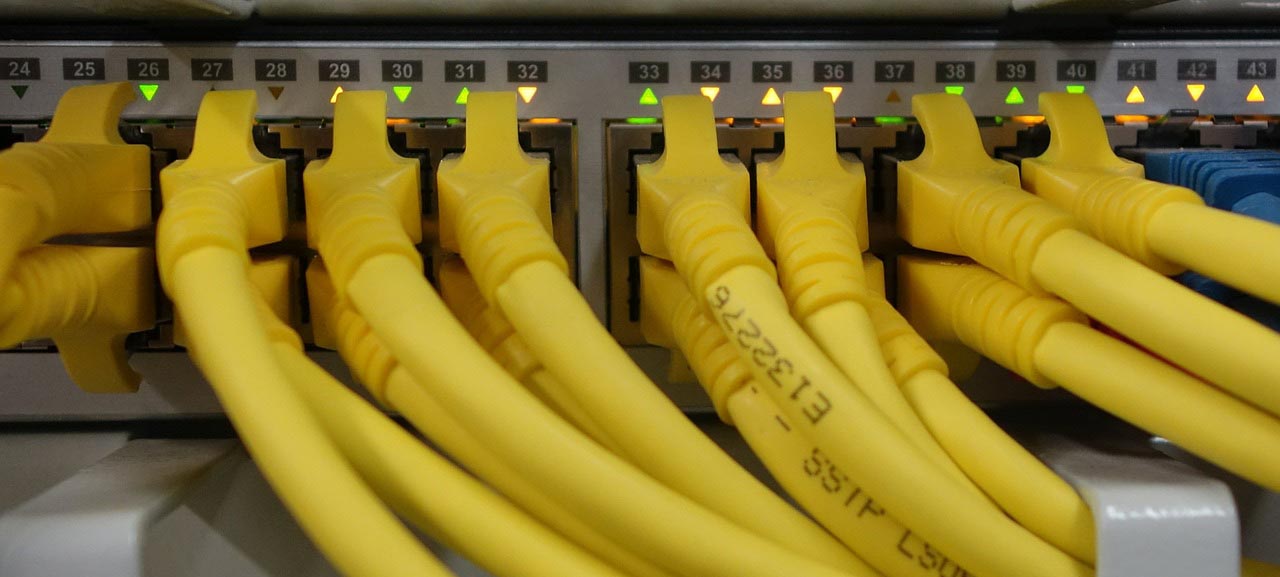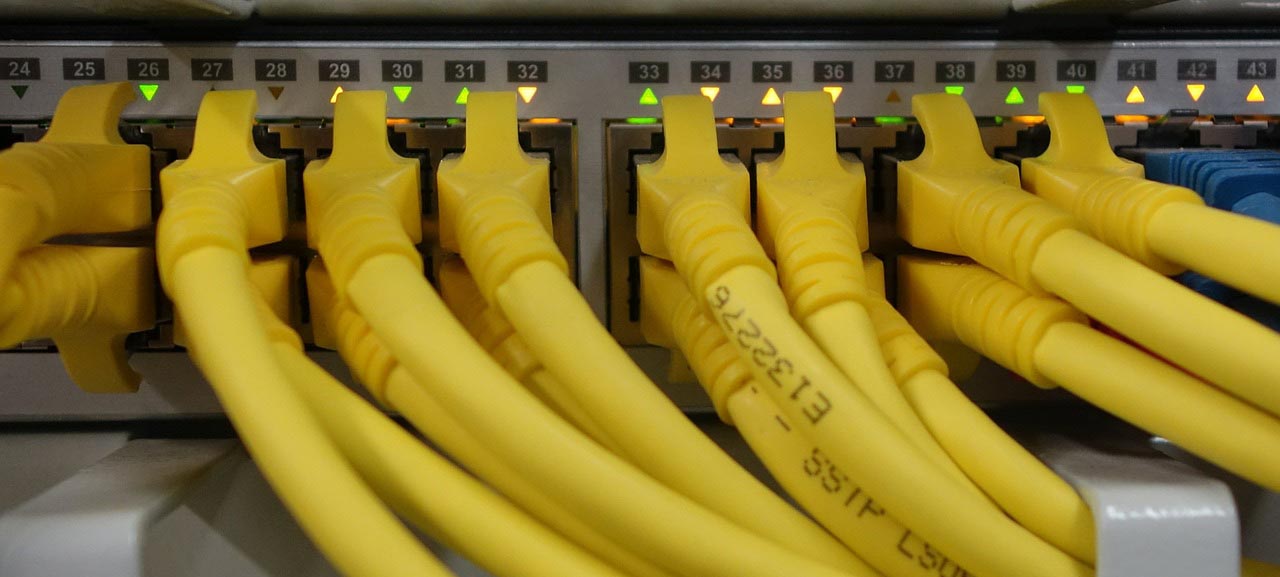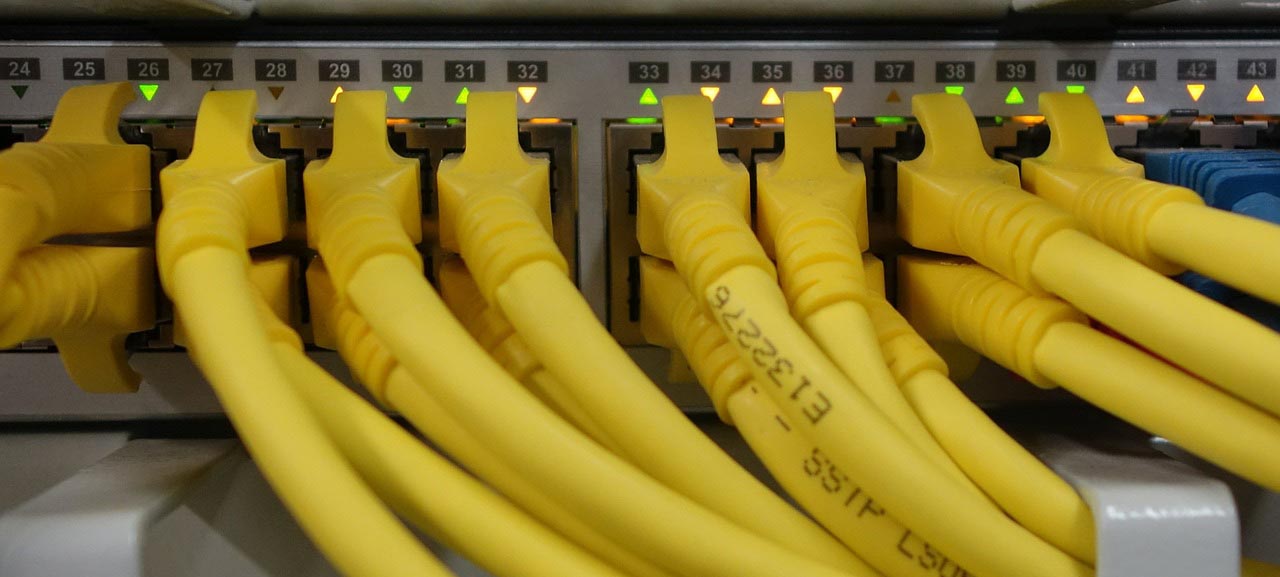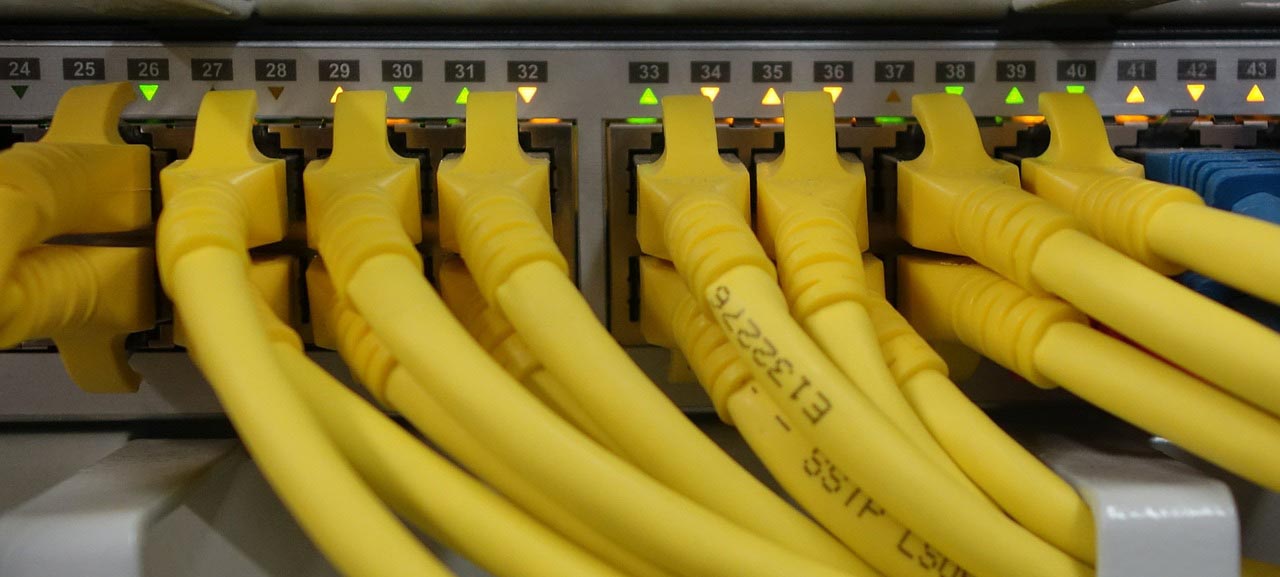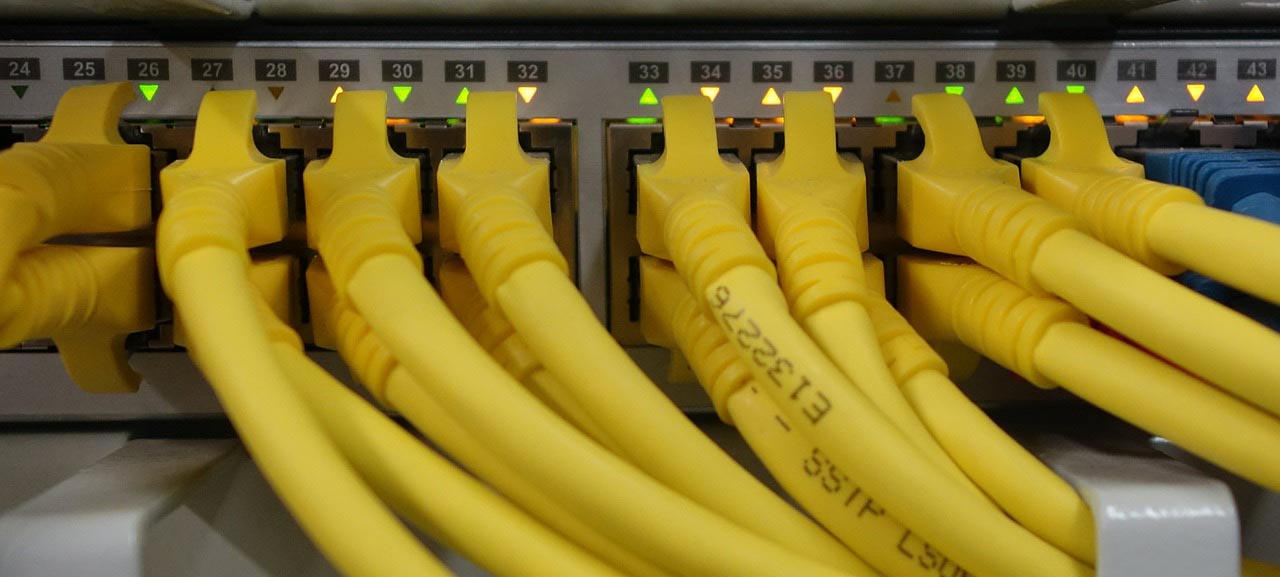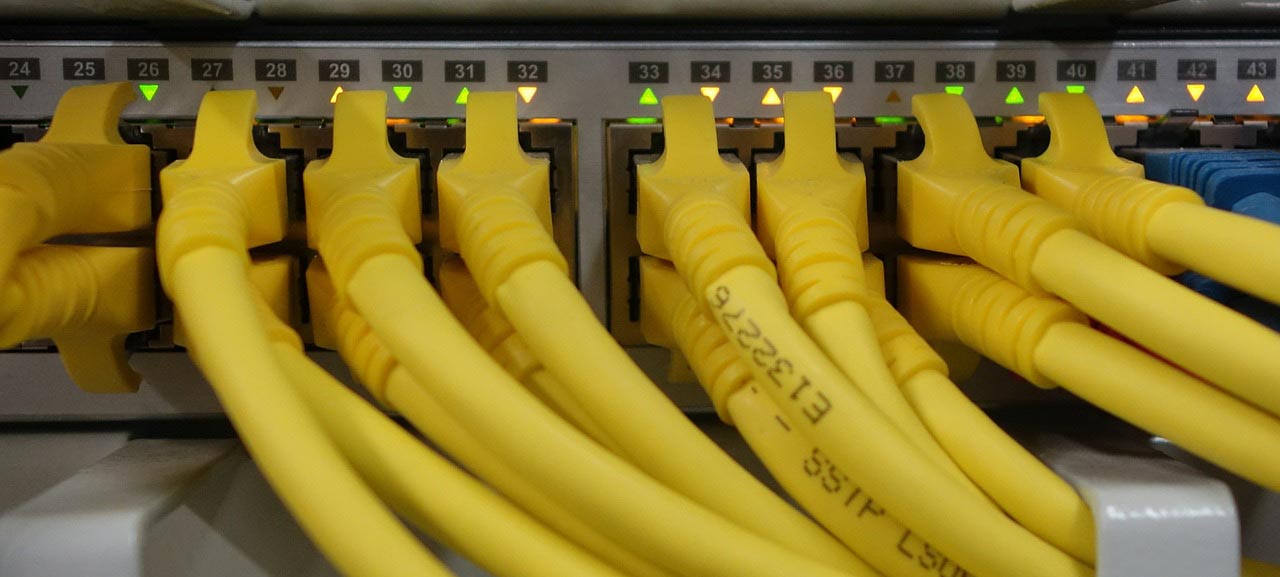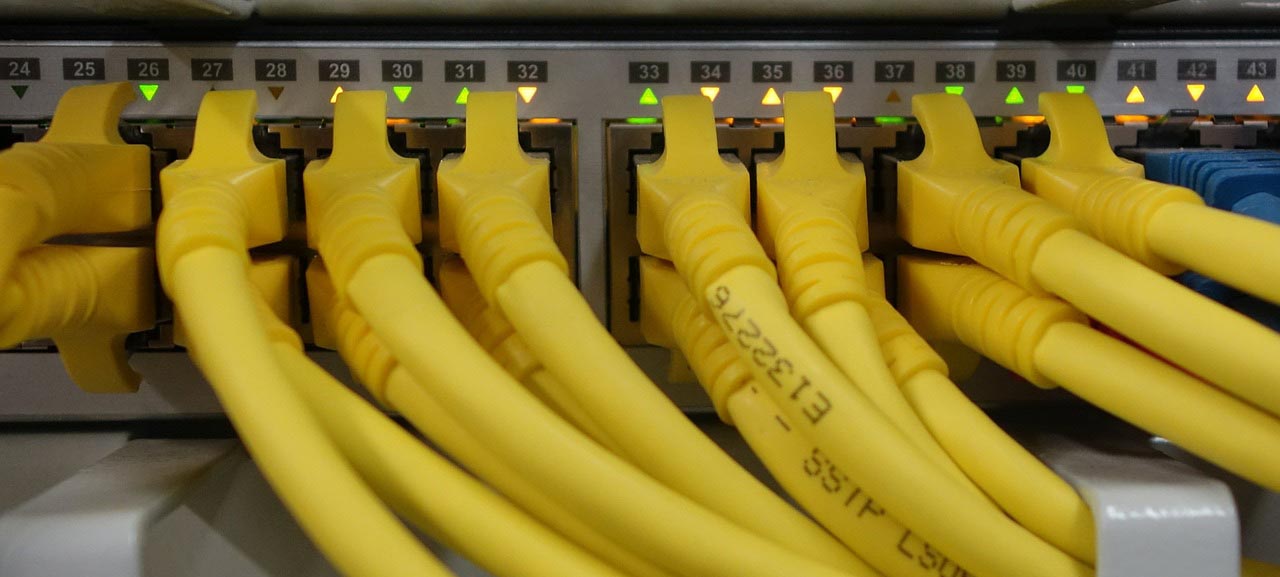To make you more familiar with the concepts of network switching and to get acquainted with the reputable vendors of network switches, we have prepared a number of blogs as a series, the different parts of which are as follows:
- Part 1 – What is a Network Switch? Switching Terms (Such as Blade Server, Half Duplex, and Full Duplex)
- Part 2 – What is a Network Switch? Switching Terms (Such as PoE, VLAN, and STP)
- Part 3 – Types of Categories of Switches, Such as Stackable Switches, or Access Layer Switches
- Part 4 – Cisco Switches: Concepts, Blade Switches, and Campus LAN Switches (Access)
- Part 5 – Cisco Switches: Campus LAN Switches (Terms, Core and Distribution), and Data Center Switches
- Part 6 – Cisco Switches: Other Switches (Industrial Ethernet, InfiniBand , Small Business, Service Provider (Aggregation, and Ethernet Access)
- Part 7- Mikrotik Switches: Terms, and Also Switches such as RB260GSP, or CRS305-1G-4S+IN
- Part 8 – HP Switches: Terms, and Access Switches ( Such as Aruba CX 6400 Series, and Aruba 5400R Series )
- Part 9 – HP Switches: Core & Data Center Switches ( Such as Aruba CX 8400 Series, and Aruba CX 8320 Series)
- Part 10 – Dell Switches: Concepts and Technologies, and PowerSwitch Managed Campus
- Part 11- Dell Switches: PowerSwitch Data Center Switches, and PowerEdge M-Series Blade Switches
In this series of blogs you will come across a variety of terms, abbreviations, concepts, and technologies. We have tried to explain the general concepts and terms as much as possible in the first three parts of this series. In the following sections, we assume that you have read these two sections and therefore we will not re-explain these concepts and terms in the following sections. Of course, each vendor also has a number of specific terms and concepts that are explained in blogs related to the same vendor’s products.
Last note, all the content as well as the images used in this series of blogs are taken from the official websites of the reviewed vendors (Cisco, Microtik, HP and Dell).
Part 4: Cisco Switches: Concepts, Blade Switches, and Campus LAN Switches (Access)
In this blog, we are going to discuss the switches of the famous Cisco Company. Undoubtedly, Cisco is the most famous seller and manufacturer of switches and routers in the world of computer networks. Cisco Systems, Inc. is an American multinational technology conglomerate that it develops, manufactures and sells networking hardware, software, telecommunications equipment and other high-technology services and products. This company was founded in December 1984 by Leonard Bosack and Sandy Lerner, two Stanford University computer scientists who had been instrumental in connecting computers at Stanford. (Source: en.wikipedia.org)
Concepts & Technologies
DNA: The Cisco Digital Network Architecture (Cisco DNA) is an open and extensible, software-driven architecture that accelerates and simplifies your enterprise network operations. In fact, Cisco DNA is Cisco’s architecture for enterprise network and it is an intelligent system that encompasses policy, automation, analytics, and open platform capabilities to deliver on all required aspects of an intent-based network. Cisco DNA Automation and Assurance are built on a Software-Defined Networking (SDN) controller, rich contextual analytics, network virtualization and the limitless scalability of the cloud.
SD-Access: Built on the principles of intent-based networking, SD-Access helps organizations enable policy-based automation from the edge to the cloud. These include:
- Network virtualization and segmentation
- Simplified device deployment
- Unified management of wired and wireless networks
- Context-based analytics
Cisco StackWise Virtual: This is a network system virtualization technology that pairs two switches into one virtual switch. Through Cisco StackWise Virtual, two physical switches will be operated as a single logical virtual switch by using a 40-G or 10-G Ethernet connection.
Supervisor Engine: It is a module that is installed in the Cisco Chassis-based Catalyst Switches or Routers. Supervisor engine contains nearly all the same components of a fixed Cisco Switches or Routers. These Supervisor engines come in a variety of different types.
Abbreviations and their Meanings
Many Cisco switches come with a number of acronyms in their names, so it is important to know the meaning of these letters.
- W: stands for IPSEC 40bit encryption
- S: means switchboard
- C: means the fixed-configuration switch
- G: means all the interfaces are supported Gigabit or more.
- T: stands for port of BaseT port
- P: means BaseT port which supports PoE at the same time
- S: the S behind T means the extended interface is SFP type interface and uplink
- TT: common port and uplink port are both BaseT
- LC: common port is BaseT and partially support PoE(4 ports) uplink port are BaseT/SFP
- PC: common port is BaseT and all support PoE uplink port are BaseT/SFP
- TC: common port is BaseT and uplink port are all BaseT/SFP
- TS: common port is BaseT and uplink port are all SFP
- PS: common port is BaseT and all support the PoE, uplink port are all SFP
- FS: common port is 100BaseFX and uplink port are all SFP
Categories
Today, Cisco categorizes switches as follows:
- Blade Switches
- Campus LAN Switches – Access
- Campus LAN Switches – Compact
- Campus LAN Switches – Core and Distribution
- Data Center Switches
- Industrial Ethernet Switches
- InfiniBand Switches
- LAN Network Management
- LAN Switches – Small Business
- Service Provider Switches – Aggregation
- Service Provider Switches – Ethernet Access
Cisco Blade Switches deliver blade server network services that extend from the blade server edge to clients at the network edge. These purpose-built I/O solutions for Dell, FSC, HP, and IBM blade servers let you deploy a virtualized data center infrastructure.
The Cisco Blade Switches family includes:
- Catalyst Ethernet blade switches: For example, Cisco Nexus 4000 Series
- MDS Fibre Channel blade switches: For example, Enterprise-Class Fibre Channel Blade Switch

Cisco Catalyst access switches bring wired and wireless. They are very powerful and useful. The Cisco offers many families for campus LAN-access, including:
- Catalyst 9400 Series Switches: This series provides unparalleled investment protection with a chassis architecture that is capable of supporting up to 9 Tbps of system bandwidth and unmatched power delivery for high density IEEE 802.3bt (60W and 90W PoE). The Catalyst 9400 delivers state-of-the-art High Availability with capabilities like Cisco StackWise Virtual technology with ISSU, uplink resiliency, N+1/N+N redundancy for power supplies.. You can read more about this family: Catalyst 9400 Series Switches Data Sheet
- Catalyst 9300 Series Switches: This Series switches are Cisco’s lead stackable enterprise switching platform built for security, IoT, mobility, and cloud. At up to 480 Gbps, they are the industry’s highest-density stacking bandwidth solution. This series is the first optimized platform for high-density Wi-Fi 6 and 802.11ac Wave2. It sets new maximums for network scale. This series switches are flexible and they dense uplink offerings with 1G, Multigigabit, 10G, 25G, and 40G in the form of fixed or modular uplinks. You can read more about this family: Catalyst 9300 Series Switches Data Sheet
- Catalyst 9200 Series Switches: This Series switches extend the power of intent-based networking and Catalyst 9000 hardware and software innovation to a broader set of deployments. With full PoE+ capability, power and fan redundancy, stacking bandwidth up to 160 Gbps, modular uplinks, Layer 3 feature support, and cold patching, Catalyst 9200 Series switches are very useful. You can read more about this family: Catalyst 9200 Series Switches Data Sheet
- Catalyst 3850 Series Switches: This series switches are stackable, multigigabit and 10-Gbps network switches. They give you wired and wireless together so you can scale up and protect your investments. Famous models of this family can be mentioned: Catalyst 3850-48XS, Catalyst 3850-24XS, Catalyst 3850-NM-8-10G, and Catalyst 3850-NM-2-40G.
- Catalyst 3650 Series Switches: This Series is built on the advanced Cisco StackWise-160, and takes advantage of the new Cisco Unified Access Data Plane (UADP) application-specific integrated circuit (ASIC). This Series switches support PoE+, UPoE, and offer modular and field-replaceable redundant fans and power supplies. The 3650 multigigabit switches support current and next-generation wireless speeds and standards (including 802.11ac Wave 2) on existing cabling infrastructure. This switch can enable uniform wired-wireless policy enforcement, application visibility, flexibility, application optimization, and superior resiliency. You can read more about this family: Catalyst 3650 Series Switches Data Sheet
- Catalyst 2960-L Series Switches: This Series Switches are fixed and smart-managed Gigabit Ethernet switches that provide enterprise-class access switching for branch offices, out-of-the-wiring-closet applications, and critical Internet of Things (IoT) deployments, as well as small and medium-sized businesses. The Cisco Catalyst 2960-L Series and 2960-L Smart Managed Switches are fully managed switches that offer advanced Layer 2 features as well as PoE+ power. These switches deliver enhanced network security, network reliability, and operational efficiency. You can read more about this family: Catalyst 2960-L Series Switches Data Sheet
- Catalyst 2960-Plus Series Switches: These products provide the operational benefits of Cisco IOS Software for a range of wired access applications, including branches, conventional office workspaces, and infrastructure networks. This Series Switches are fixed-configuration Fast Ethernet switches that provide enterprise-class Layer 2 switching for branch offices, conventional workspaces, and infrastructure applications. You can read more about this family: Catalyst 2960-Plus Series Switches Data Sheet
- Catalyst 2960-X Series Switches: Catalyst 2960-X and 2960-XR Series Switches are fixed-configuration, stackable Gigabit Ethernet switches. These two Series provide easy device onboarding, configuration, monitoring, and troubleshooting. These two series are very popular, and they can provide advanced Layer 2 and Layer 3 features such as optional PoE+ power. You can read more about this family: Catalyst 2960-X Series , and Catalyst 2960-XR Series Switches Data Sheet
- Catalyst 1000 Series Switches: This Series Switches are fixed managed Gigabit Ethernet and Fast Ethernet enterprise-class Layer 2 switches designed for small businesses and branch offices, and support simple device management and network management via a Command-Line Interface (CLI) as well as an on-box web UI. These switches deliver enhanced network security, network reliability, and operational efficiency for small organizations. You can read more about this family: Catalyst 1000 Series Switches Data Sheet
- Catalyst PON Series: This Series switches provide security features that protect the integrity of the hardware as well as the software and all data that flows through the device. With GPON feature support, bandwidth up to 108 Gbps, double uplink module, power redundancy, ONT PoE+ capability and high aggregation capacity, Catalyst PON Series switches are the industry’s All-Optical solution with differentiated resiliency and progressive architecture for cost-effective optical network access. You can read more about this family: Catalyst PON Series Switches Data Sheet
- Edge Series: This Series all-in-one devices deliver consolidated computing, wired and wireless access, and full media connectivity. These devices also offer integrated, wired and wireless access, HDMI and audio, USB, Bluetooth, and computing for all-in-one connectivity. They also provide an open Linux environment for partners and service providers to develop and host vertical applications. You can read more about this family: Edge Series Switches Data Sheet
- Meraki Cloud Managed Switches: Meraki access and aggregation layer switches combine secure, scalable, robust performance with an intuitive management experience. These switches offer zero-touch provisioning, and can be configured entirely from a web browser. Meraki switches provide the essentials for building high-performance networks that can help maintain seamless network service. You can read more about this family: Meraki Cloud Managed Switches
———————
Source: In preparing this blog, we have tried to use the documents and content available on the Cisco official website, namely the website cisco.com. All information is based on the contents of this website.
Read other blogs related to this series:
- Part 1 – What is a Network Switch? Switching Terms (Such as Blade Server, Half Duplex, and Full Duplex)
- Part 2 – What is a Network Switch? Switching Terms (Such as PoE, VLAN, and STP)
- Part 3 – Types of Categories of Switches, Such as Stackable Switches, or Access Layer Switches
- Part 5 – Cisco Switches: Campus LAN Switches (Terms, Core and Distribution), and Data Center Switches
- Part 6 – Cisco Switches: Other Switches (Industrial Ethernet, InfiniBand , Small Business, Service Provider (Aggregation, and Ethernet Access)
- Part 7- Mikrotik Switches: Terms, and Also Switches such as RB260GSP, or CRS305-1G-4S+IN
- Part 8 – HP Switches: Terms, and Access Switches ( Such as Aruba CX 6400 Series, and Aruba 5400R Series )
- Part 9 – HP Switches: Core & Data Center Switches ( Such as Aruba CX 8400 Series, and Aruba CX 8320 Series)
- Part 10 – Dell Switches: Concepts and Technologies, and PowerSwitch Managed Campus
- Part 11- Dell Switches: PowerSwitch Data Center Switches, and PowerEdge M-Series Blade Switches

